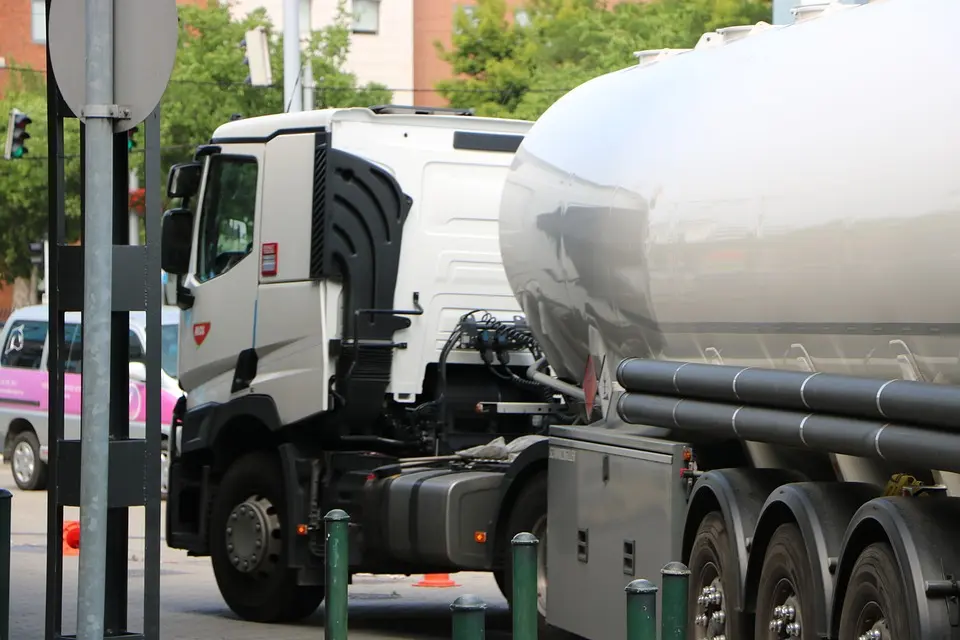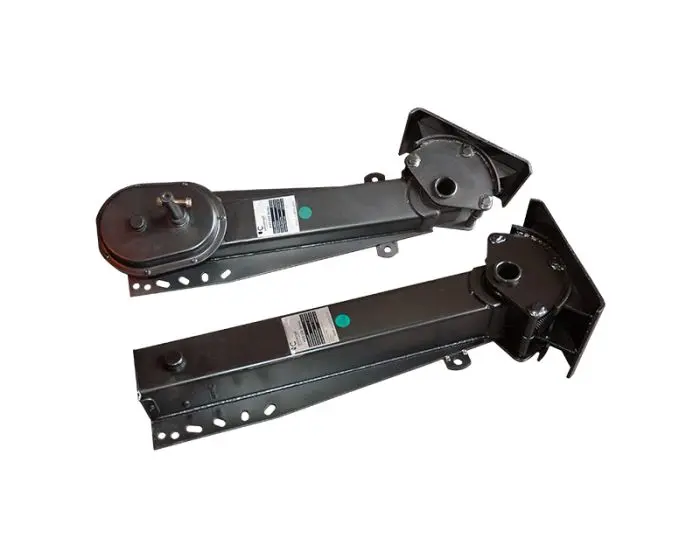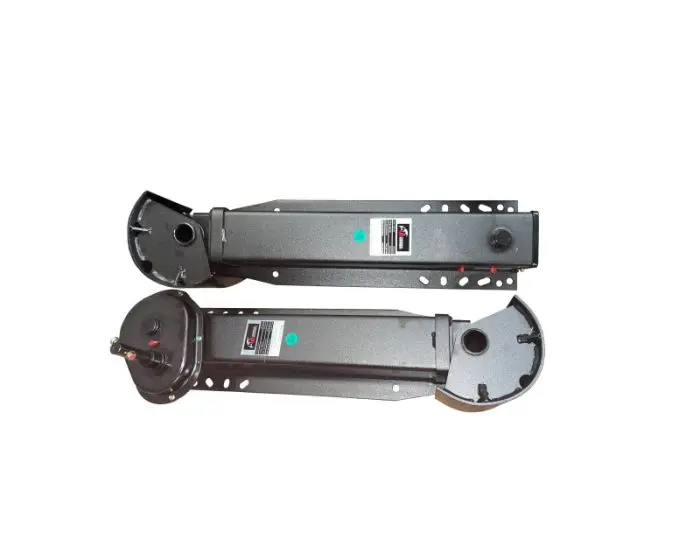When choosing your HGV’s trailer legs (also known as landing gear), there are a few fundamental details to consider. With many different components of the trailer’s landing gear, and the trailer being the heaviest part of your vehicle, it is vital to have good-quality landing legs that offer strong support.
Trailer Leg Variables
In order to determine the overall function of your landing gear, you must decide between the different variables. For example: do you need the legs to lower at the same time? Should the crank be placed outside the leg for easier access, or inside for better storage and protection? Or perhaps you prefer electronic landing gear which can be controlled by a button.
Landing gear that comes with a transmission rod in between the legs may be useful if you only need to use them on flat, even roads. However, if you’re on slanted ground and need to even your trailer, individual cranks on either side may be better suited so that you can straighten the body with just one leg.

Landing Leg Feet
The trailer leg feet help ensure a stable landing on different types of road textures or heights. The front of the trailer axle holds 60% of the trailer weight, and a UK HGV trailer can measure up to 12m long and can weigh up to 25.6 tonnes at their maximum payload, therefore the appropriate feet are essential.
The Truckspares 365 website offers three different trailer legs, all universally compatible, with two types of feet to choose from, and strong lifting capacity.

- The standard type of trailer leg foot is a compensating foot (also known as an S-foot). They allow the trailer to be propped up on softer roads because they have a large square platform, with a rounded hinge that sits on top which can pivot to shift the weight of the trailer. This means it can also be used on hard or uneven roads.

- Rocking feet (also known as an A-foot) allow a wide range of motion for air-suspension trailers which typically shorten the height of the semi-trailer. This ensures the feet can be lowered without any breakage by teetering on the rounded feet, or by using its full height for a height increase.
- The other two types of feet include a T-foot and R-foot. Legs with a T-foot are also common; however, it is rigid and cannot move with the flow of the trailer. The R-foot acts more like wheels, which is great for trailers that travel on a ship, and therefore limits any damage during a rocky journey. Although the R-foot could be useful for your HGV on ships, the T-foot has fewer benefits than using a compensating foot or rocking foot which is more versatile for everyday problems or terrains.








0 Comments